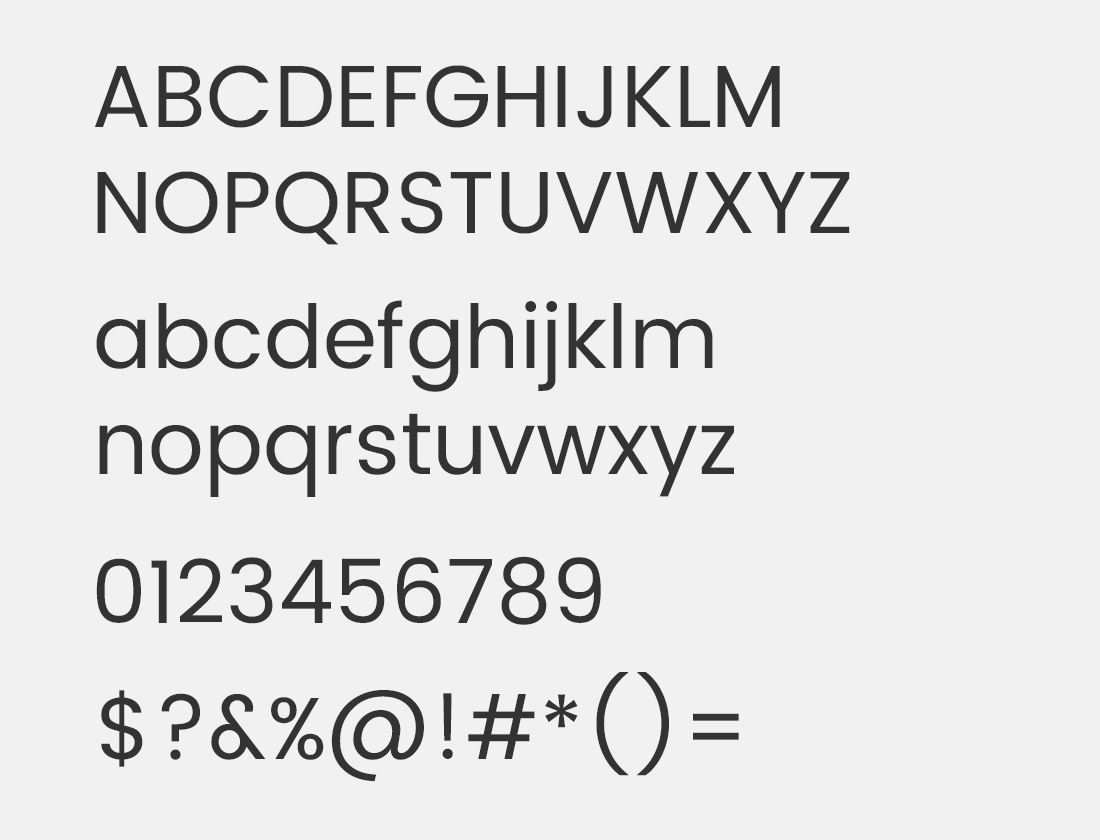


If you choose a font other than one of these, your readers’ Kindles will render your words in whichever of these fonts the reader chooses, which means you have no idea what it will look like on their ereaders. (You could use a san serif for a chapter opener.)
SAN SERIF FONTBOOK FULL
But the most important consideration is this: when you look at a full page of text, does it feel easily readable to you? If it’s too compact, you’ll get that feeling of ugh, hard to get through this page.Īlso, most designers say that serif fonts (like Palatino) are a bit more readable than sans serif (Arial), so I’d avoid the latter for your body copy. You might also take a look at Baskerville because it’s also compact. If you mean you’re publishing an ebook on KDP (which now produces BOTH ebooks and print books), then you should know that Kindle devices only render 11 fonts, so you should choose one of those. This can go a long way in making your book more readable. And try not to hold onto your original words too tightly: I’ve never met a manuscript that didn’t actually benefit from a bit of cutting.Īlso, since you’re writing a relatively long non-fiction book, you’ll want to make sure that you have sufficient subheads to break up the text. He or she can much more easily identify surgical cuts that don’t affect the quality of your work. This is often difficult to do yourself because you know too much about your subject, so I’d recommend you work with a seasoned editor to do this. I think the better way is to cut words, delete redundancies and condense ideas as much as possible in your manuscript. You look at a page like that, and you just don’t want to dive into it. If you reduce the margins and the leading (space between lines) and choose a true condensed font (there are such things as “condensed” fonts specifically designed to save space), you run the risk of producing pages that are TOO dense. But I’m not sure that keeping your book to 325 pages this way is smart. Palatino and Baskerville are both nice fonts–attractive and relatively compact. In other words, the space above the subtitle should be larger than the space between the subtitle and the text block it introduces. You always want a subtitle to sit snugly atop the text block it introduces.

You want your titles and subtitles to stand out enough so that readers can scan you text easily, so choose a heavy or bold version of your font for those items.Īnd one more thing: I often see (in self-published books) subtitles that float equidistant between the text block above and the text block below. Good sans serif fonts (used sparingly for contrast) This list is from Ina Saltz, who wrote the excellent book Typography Essentials and who spoke about typography at the Stanford Publishing course: So pick something vanilla and use it throughout: Times New Roman is fine–12 point for body copy and 14 point for chapter openers. Oh, and one more thing: if you’re working on an ebook, it doesn’t matter which font you choose because the reader has control of the fonts and font sizes in your book. It’s a nicely designed site where you can easily purchase fonts you don’t already have on your computer. If you want to see the array of typefaces available in the market today, check out MyFonts. I could go into great length about why but they should just not be used, period.” Good sans seri f fonts (used sparingly for contrast)Īccording to Ina, “Comic Sans and Papyrus are probably the two most reviled fonts on the planet. Good serif fonts (for the body of the book) Since most wordsmiths are design-challenged, I asked one of the best art directors in New York–Ina Saltz, author of the excellent Typography Essentials–for her short-list of favorites for the books she designs. One of the biggest mistakes I see in self-published print books (like those created on CreateSpace) is in the choice of typefaces.


 0 kommentar(er)
0 kommentar(er)
